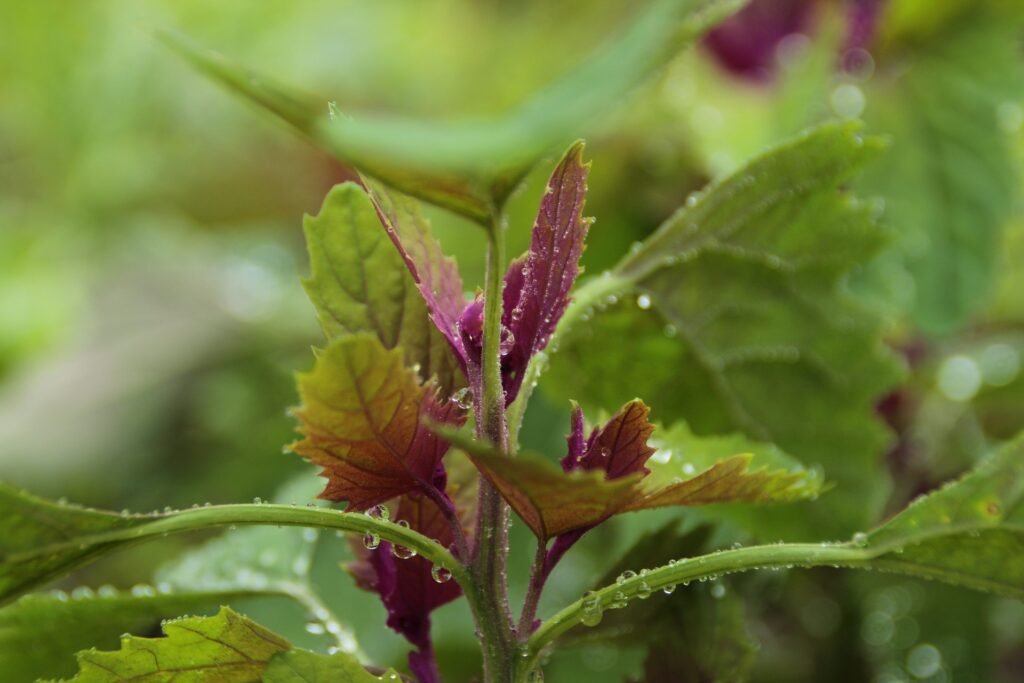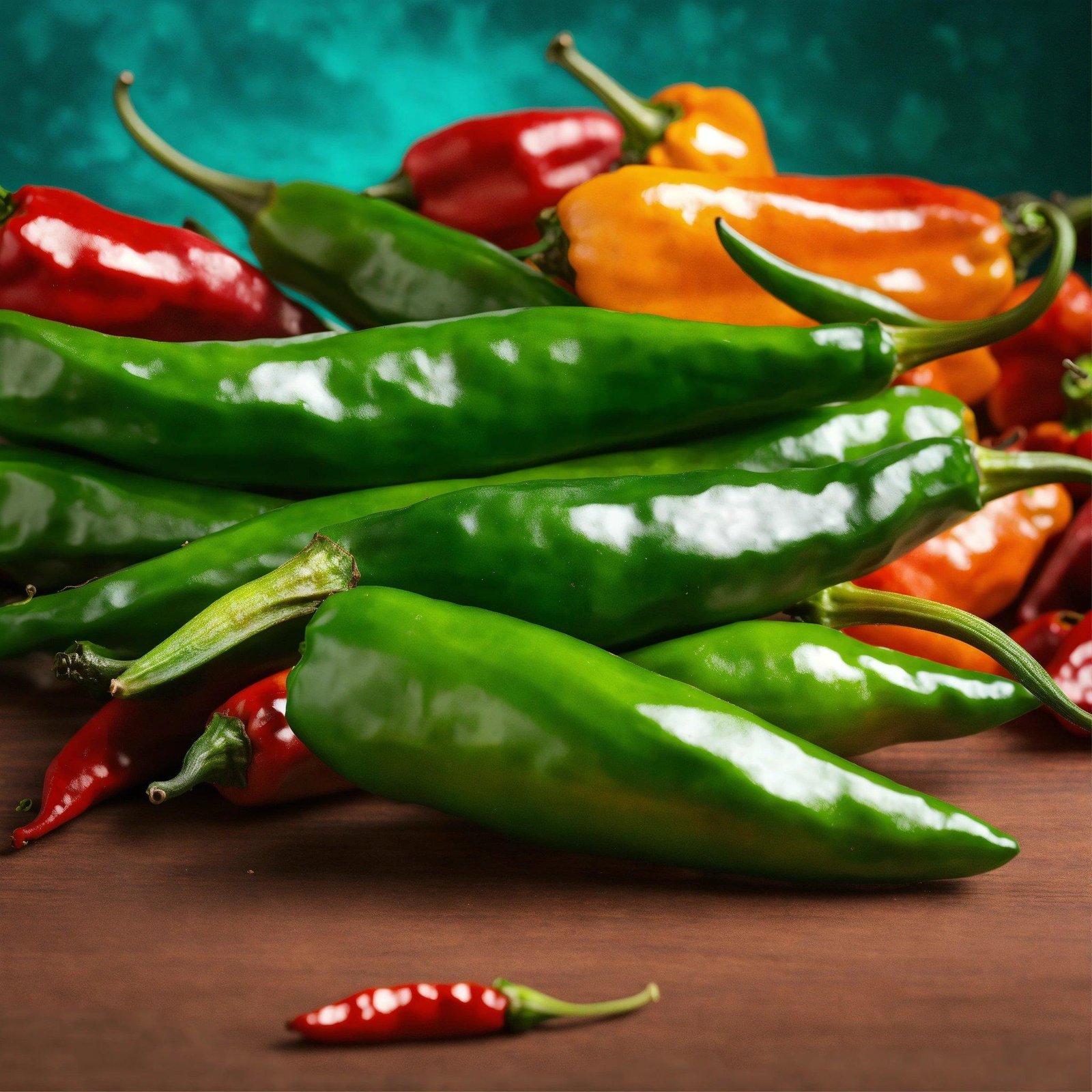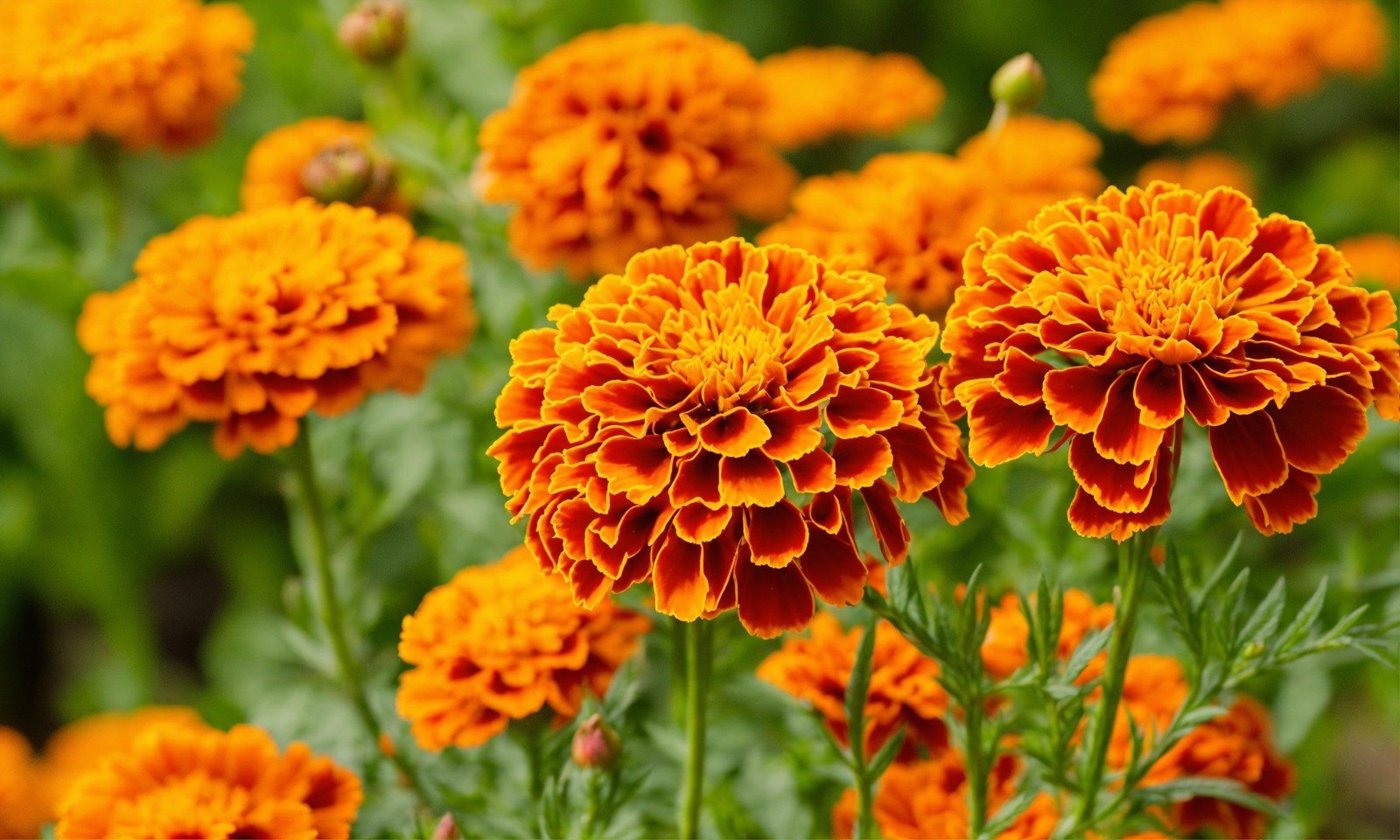white goosefoot
Did you know that the plantain herb, also known as white goosefoot, has a number of benefits? This common weed is actually packed with nutrients like vitamins A and C, as well as iron and calcium. In this article, we’ll take a look at some of the benefits of white goosefoot, so that you can add this powerhouse plant to your diet!
What is white goosefoot?
White goosefoot is a plant that is native to Europe and Asia. It is also known as the Chenopodium album. The plant has white flowers and small, round leaves. The leaves are covered in a powdery substance that can be harmful to humans if inhaled. The plant is commonly found in fields and gardens.

The benefits of white goosefoot
Looking for a nutritious and delicious leafy green to add to your meals? Look no further than white goosefoot! This leafy vegetable is not only packed with vitamins and minerals, but it also has a number of health benefits.
Goosefoot is an excellent source of vitamins A, C, and K. It also contains minerals like iron, potassium, and magnesium. Furthermore, white goosefoot is rich in antioxidants and phytochemicals.
Some of the health benefits associated with goosefoot include improved blood circulation, better digestion, reduced risk of cancer, and protection against heart disease. Additionally, white goosefoot can help to boost the immune system and improve bone health.
So next time you’re at the grocery store, make sure to pick up some goosefoot!
White goosefoot recipes
Looking for something different to cook with this spring? Why not try goosefoot? This unique ingredient is packed with nutrients and has a variety of health benefits.
- Sautéed White Goosefoot: This simple recipe is a great way to enjoy the fresh, delicate flavor of goosefoot. Sauté the greens in olive oil with garlic and serve as a side dish or add to your favorite pasta or rice recipe.
- White Goosefoot Pesto: This flavorful pesto can be used in a variety of ways. Spread it on bread, use it as a dip, or add it to your favorite pasta dish.
- White Goosefoot Soup: This hearty soup is perfect for a cool spring day. Simply simmer goosefoot, potatoes, and carrots in chicken or vegetable broth until tender. Add some cream and season to taste. Serve with crusty bread for a complete meal.
- White Goosefoot Salad: This vibrant salad is a great way to showcase the fresh flavor of white goosefoot. Combine the greens with diced tomatoes, feta cheese, and olives, then dress with your favorite vinaigrette
How to grow white goosefoot
Assuming you would like tips on growing goosefoot:
Goosefoot is a common weed in Europe and North America. It is found in fields, gardens, and waste places. The plant is annual, which means it completes its life cycle in one year.Goosefoot grows best in full sun and sandy soil.
To start your goosefoot plants, sow the seeds in late spring or early summer. Sow the seeds thinly in rows that are about 18 inches apart. When the seedlings are big enough to handle, thin them out so that they are about 6 inches apart.
Water your plants regularly, especially during hot weather. Goosefoot is a drought-tolerant plant, but it will produce more leaves if given enough water. Cut back the plants in fall to tidy up your garden and to prevent the plants from self-seeding.
What is white goosefoot used for?
Goosefoot is a plant that has a long history of use in traditional medicine. The leaves and stems of the plant are used to make teas and tinctures that are said to have a variety of health benefits. Some of the purported benefits of goosefoot include reducing inflammation, boosting immunity, and aiding in digestion. These claims are supported by some scientific data, but additional study is required. If you’re considering using goosefoot for its health benefits, be sure to consult with your healthcare provider first.
Conclusion
Goosefoot is a highly nutritious leafy green vegetable that is packed with vitamins, minerals, and antioxidants. It has numerous health benefits, including the ability to improve blood sugar control, reduce inflammation, and boost heart health. Additionally, goosefoot is a low-calorie food that can help you reach your weight loss goals. If you are looking for a nutrient-rich leafy green to add to your diet, goosefoot should be at the top of your list.




